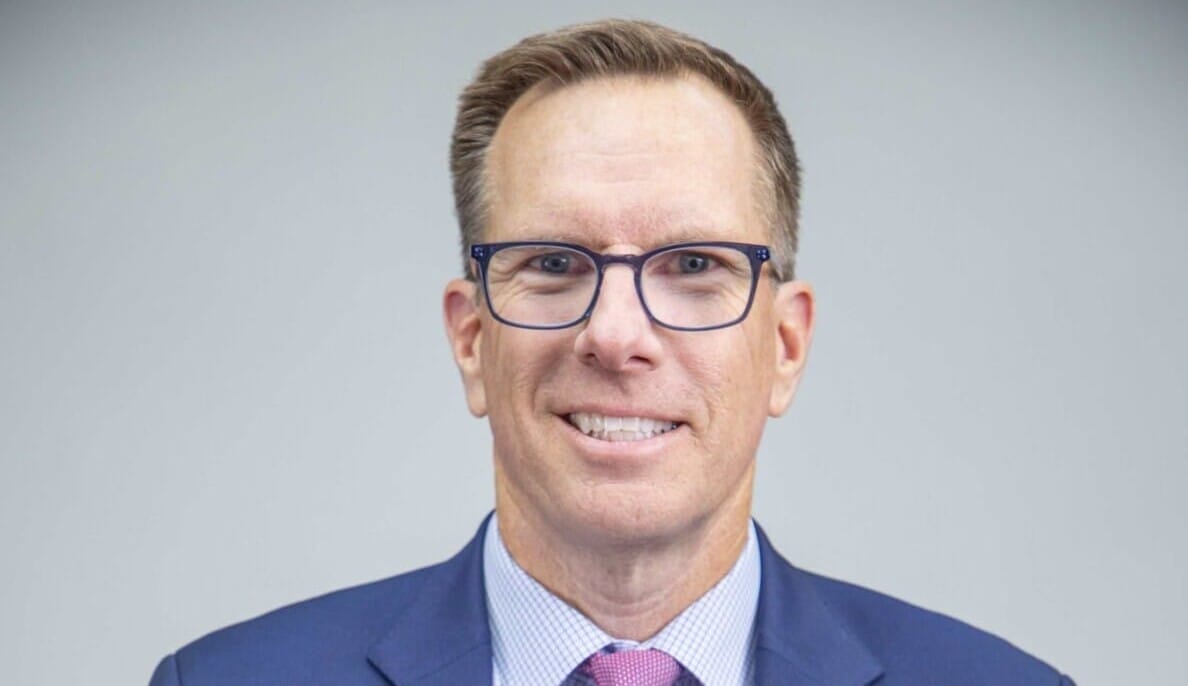Mark Walker, CIO of the UK’s £21 billion ($27 billion) Coal Pension Trustees (CPT), is building a strategy markedly different from what most UK defined-benefit funds do. While most funds of this type focus on de-risking and matching liabilities, Walker is securing cash flow and prioritising income-generating assets.
Walker says these strategies, coupled with CPT’s still large allocations to risk and illiquidity, reflect its unique structure.
The pension fund hasn’t had any active members for the last 25 years; it paid out about £1.4 billion ($1.8 billion) in pensions last year and needs to generate a return of 2-3 per cent above RPI a year to continue to do so for the two pension pots it manages: British Coal Staff Superannuation Scheme and the Mineworkers Pension Scheme.
“If you can find me an amortising, 50-year, inflation-linked contractual income bond that currently yields 7 per cent, I can go home and sleep well at night,” says Walker, who joined the fund a year ago from Univest, Unilever’s internal pension investment organisation, swapping the consumer business’s global culture for a more traditional pension fund environment with just 35 colleagues.
Free thinking
New approaches in CPT’s equity allocation include investing more in China, in a more granular approach, fine-tuning a new bond portfolio to provide liquidity when needed, and dropping the market capitalisation benchmark.
He hopes the latter will help CPT focus more on where it can make money in the future, rather than what made money in the past, and facilitate swifter and more flexible decision-making.
Most importantly, he wants to free-up thinking within the investment team, replacing decisions based on whether portfolios are over or under weight with decisions based on whether an investment meets the fund’s strategic objectives.
“I hope this will introduce a different way of thinking and enable us to focus on future change and positions aligned to the objectives,” he says.The challenge is ensuring that trustees can still measure whether the investment team is doing a good job.
For the China strategy, CPT’s two funds are reviewing external investment managers for a possible onshore listed equity allocation in China, where Walker says many companies are not as represented in the global market cap indices as their value suggests they should be.
CTP already has a “decent” part of its private equity allocation in China, he says, where the pension fund invests with about five general partners, with the help of adviser JP Morgan, but listed exposure has been in the offshore market to date.
Walker seeks managers with strategies that are diverse, who are familiar with institutional money and equipped with a deep understanding of the retail and momentum-driven Chinese market and local regulation.
“We want to invest in quality companies with good and sustainable cash flows, taking account of ESG considerations,” he says.
Equity accounts for roughly 45 per cent of assets under management in both CPT schemes, of which about 35 per cent is listed public equity. The fund has gradually reduced its equity allocation in the last five years, to fund illiquid allocations and benefit payments.
CTP has only a small bond allocation because of its return focus and absence of a liability management approach. But Walker is thinking about ways to add more lower-risk assets without compromising return objectives, thus the new bond portfolio – a liquidity tolerance allocation. It would comprise Treasuries, high-quality credit and higher-yielding, shorter-duration assets that the CIO would be prepared to sell (or wait on redemption proceeds from) to pay cash flows over 3-5 years if “everything else was going down”.
“The idea is to create a portfolio to provide liquidity when we need it, not a portfolio to provide lots of value relative to a benchmark,” he says.
Some of this allocation might come from partly restructuring the existing multi-asset credit portfolio into shorter-duration, cash-flow focused bonds. He would also contemplate selling equities to build this portfolio if that could be done without compromising on the overall objectives.
“We will only take money out of equity to increase our liquidity tolerance if equity has done well,” he says.
Walker expects to start restructuring allocations with CPT’s existing fixed income managers via segregated mandates that combine different elements.
“We want a manager that has the right approach to adding value but also provides security of cash flows when we need them. Because we might have to sell to fund cash flows, it also has to be a mandate that can go to zero in some circumstances.”
Under the broad heading of ‘liquidity options’, he is also looking at borrowing or leverage.
Illiquid shake-up
CPT is also paring back its large allocation to private debt, which stands at about £3 billion-£4 billion, or 15-20 per cent, across the two funds.
“We still have a big exposure to private debt, but in 2019 we are slowing down loans within the private debt portfolio,” he says. He describes the market as more difficult and says areas the fund is avoiding include covenant-like loans, where more money has been flowing.
“The risk/return equation is not as favourable, although it is still a very attractive income-producing asset class,” he says.
That said, he does plan to increase exposure to the higher-yielding illiquid space or special situations and might realise value in the property portfolio, a big piece of the fund’s illiquid exposure, to take advantage of opportunities in credit and the higher-yielding illiquid space.
“We will have a little bit of additional capital if we can realise some value in the property portfolio,” he explains. “In a measured way, we are thinking how we can reduce exposure to UK commercial property to provide us with more capital for higher-return or income-generating opportunities.”
It’s a strategy based on Walker’s expectation that property won’t make as much over the next five to six years as it has in recent years. CPT slashed its large exposure to retail property a while ago. The allocation now includes the private rented sector and alternative property, along with an allocation to development.
“Property development is great if the total return is measured over a lifetime and the income is also good,” Walker says. “But developments require capital upfront, and capital upfront is part of our cash flow.”
He also sees good opportunities in industrial property going forward.
Lawns and crews are costly
Walker’s eye on capital and operating costs that eat into cash flow, especially in a lower-return environment, focuses on other allocations in the real asset portfolio, too, like the fund’s substantial shipping portfolio, comprising roughly 30 ships across both funds with a total exposure of about £400 million.
“With ships, you need to pay the crew, with properties you need to mow the lawn. Property is good for income, but the net income can be very different to the gross. You may take in £100 million in rents but receive only £60 million because of fees, transaction costs, capital investments and other operating costs,” he explains.
CPT recently drilled down into costs and found private debt and shipping the most predictable allocations, from a cost perspective. He’s found in the special situation debt allocation, where the pension fund invests more in funds, that not all funds distribute income as initially assumed in the team’s expected returns framework, and not all distribute in the first few years.
“Looking at the income tells you a great deal about how the asset works, things we knew but maybe didn’t fully appreciate.”
The shipping portfolio is linked to economic growth and trade, like equities, but with a different level of risk.
“Like equity, ships are linked to the economic cycle and particularly to global trade. But they are an amortising asset – overall, we expect to lose money in capital terms every year,” Walker explains. “However, the income offsets this and at the end of [the asset’s] life, there is scrap value.”
Key to success is understanding the return steams, which can result in double-digit income. This means being across the terminal value of the asset, the forward market for ships and new regulations around sulphur emissions – along with ensuring the vessels are on the sea. Global trade adds another risk, although he notes that even if global trade does “fall off a cliff” chartered rates aren’t close to 2008 levels and don’t have nearly as far to fall now.
Sustainability
Walker’s new approach will also bring sustainability centre stage. The fund he previously worked at, Unilever, was considered a world leader in this regard. At Coal, part of the motivation is that CPT’s members and elected trustees worked in an industry that was closed down with little thought for the people and communities left behind, he notes.
“As the world moves towards a lower carbon future, we need to ensure we see a ‘just transition’,” he says. “We must think about financial return opportunities and risk, but given the legacy of our funds, we must also think about the impact our investments and future change will have on people and jobs. I want to bring more of a focus on broad sustainability issues.”


